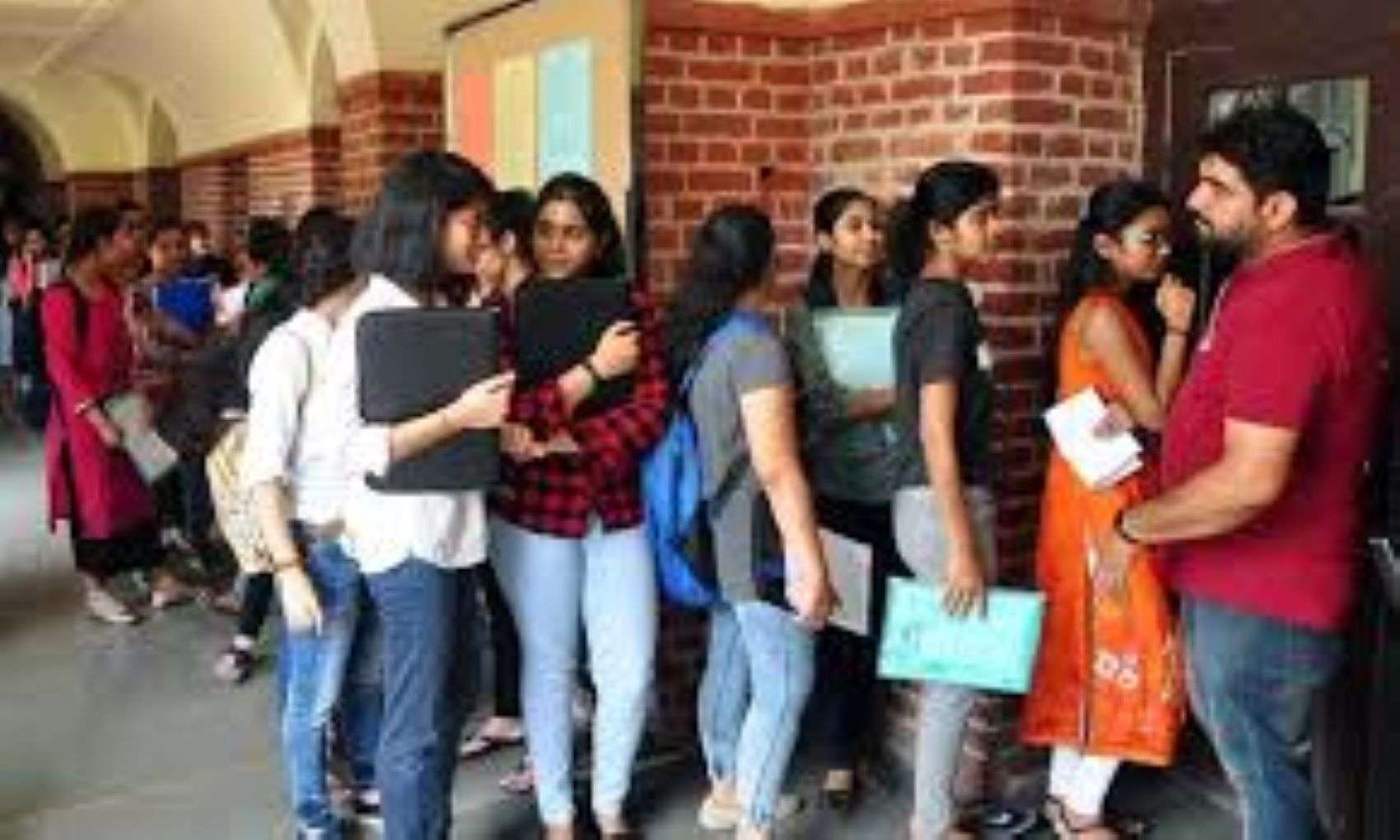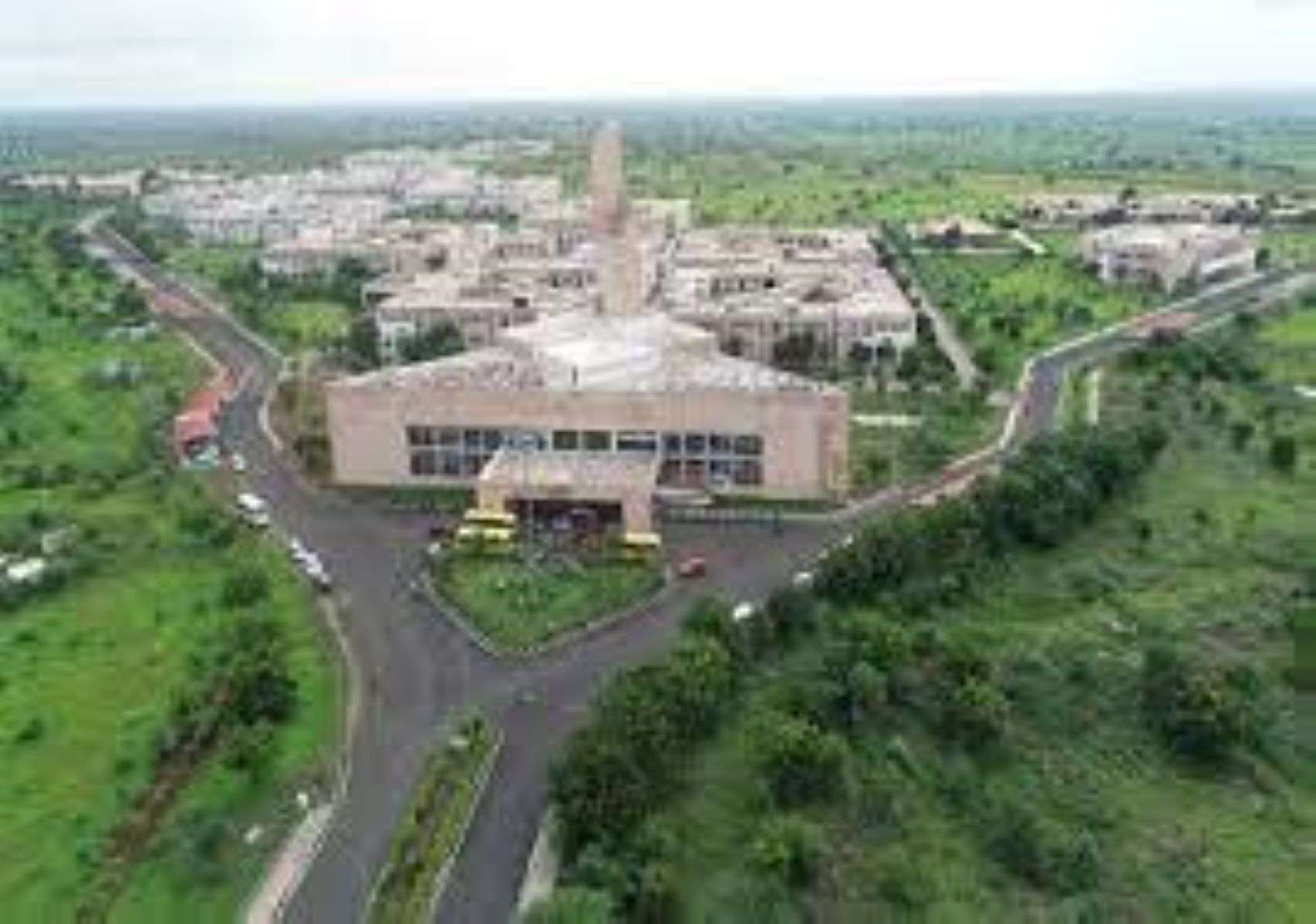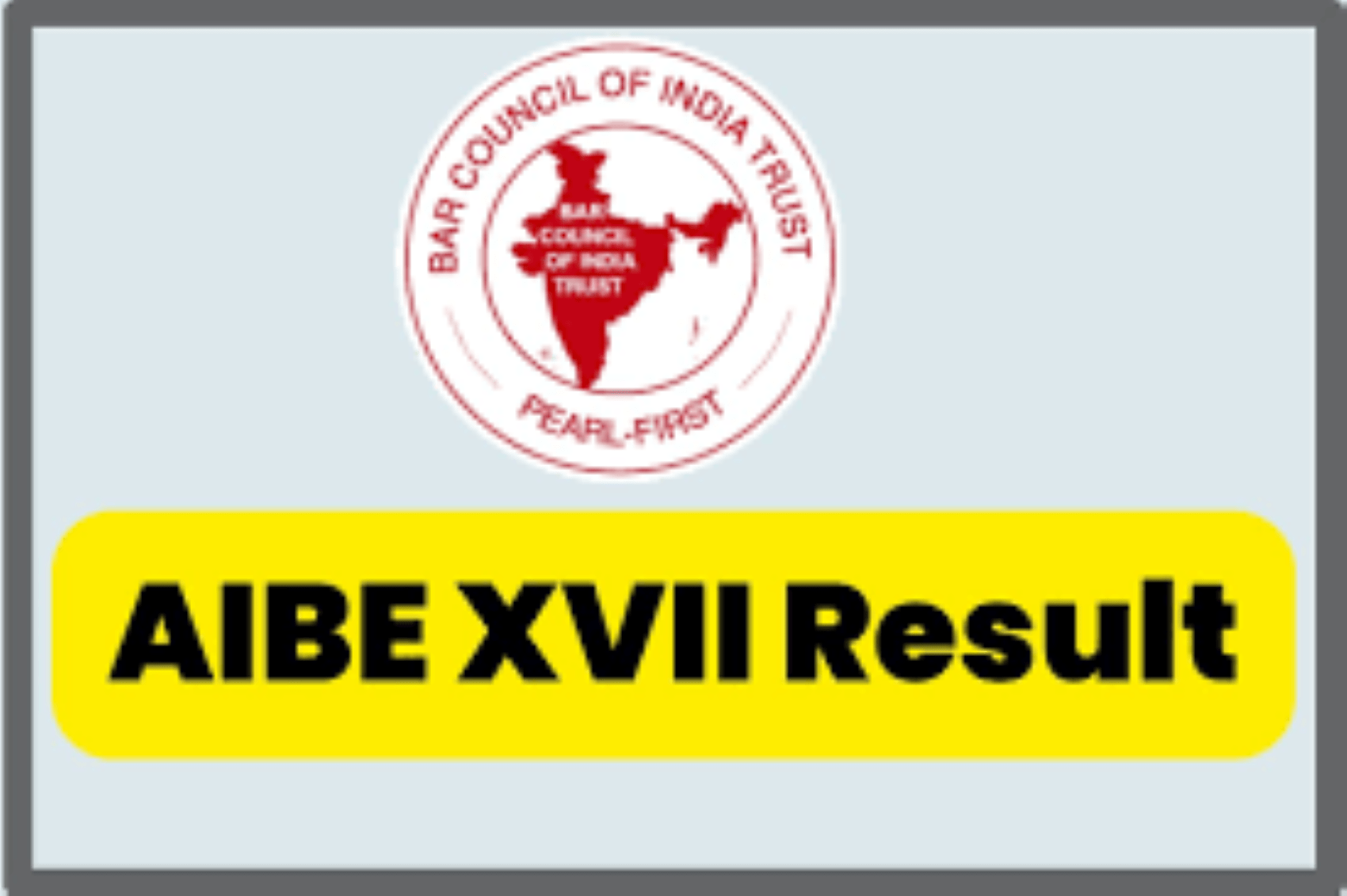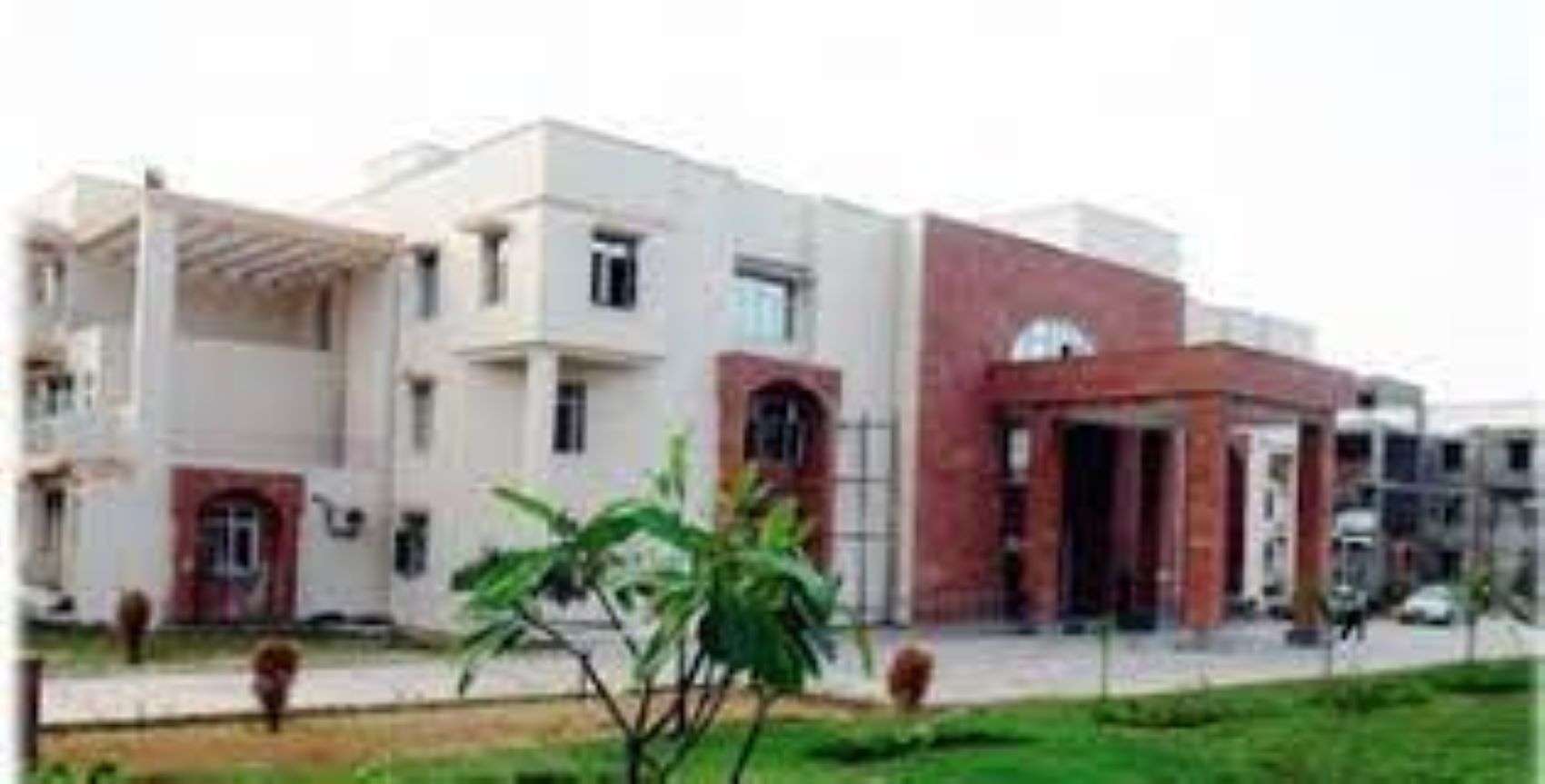A key part of Prime Minister Narendra Modi’s speech on August 15 was dedicated to Atmanirbhar Bharat Abhiyan. Yet various parts of what he said about the making of “Atmanirbharta” were eerily similar to the language of the now-defunct Planning Commission. “Atmanirbhar” could be interpreted as “self-reliance” or “self-reliance.
What is the difference between self-reliance and self-reliance in policy making?
- When a country wants to be self-sufficient, it essentially wants to produce all the goods and services it needs and does not want to be dependent on the rest of the world. In other words, you want to cut down on all your imports and isolate yourself.
- On the contrary, self-sufficiency generally means that the country wants to have enough resources, usually foreign exchange reserves, to pay for what it wants to import.
- Self-reliance is accepting that no country can be self-sufficient and therefore it is better to become so economically prosperous that the country has enough foreign exchange reserves to pay for what it cannot produce at home or what could be imported from abroad for less.
One of these new ideas?
- Not really. From 1951 to 2014, when Mr. Modi abolished the Planning Commission and replaced it with Niti Aayog, India followed the five-year plans and in each plan document, achieving self-reliance or self-reliance was the one of the main goals.
- Of course, during the first two FYPs (1951 to 1961), the Indian authorities prioritized self-sufficiency, which involved import substitution. But when this policy did not work, the economic planner continued his “self-sufficiency” from the 3rd FYP (1961-1966).
- The idea was always to reduce dependency on the rest of the world, but from that point on, the focus was more on having enough foreign exchange to buy what India needed.
- This would be achieved by increasing exports and reducing imports. With each passing period of the plan, the country adopted increasingly restrictive controls on imports, such as higher import tariffs, massive licenses and permits on who could import what, how much, and for what.
- But these good intentions paved the proverbial road to hell. In reality, this approach only led to the black commercialization of imports, on the one hand, who obtained the license to import and then sold their quota at a higher price in the country, and favored the inefficiency of national industries, on the other side.
- The idea was that India should protect its “infant industries” and allow them to develop before facing competition. To promote their growth, all but “essential” imports had to be discouraged.
- But it created a perverse incentive system in which domestic companies had no reason to become more efficient.
- Of course, the ultimate cost of this approach was borne by ordinary Indians in general because, as consumers, they continued to obtain inferior or bad products while inefficient industrialists prospered. It formalized a system of crony capitalism.
- This trend toward self-sufficiency peaked during the Sixth and Seventh FYP (1980-1990) when import substitution policies and raj permits dominated.
- But over the years, India’s share of world trade exports has declined; Between 1953 and 1990, the share of Indian exports in world trade fell by two-thirds, from an already meager 1.4% to an almost negligible 0.5%.
- Finally, in June 1991, India faced a currency crisis that was barely enough to cover 13-day imports. Today, thanks to liberalization, the Indian economy is about six times larger than in 1991 and we have enough foreign exchange to cover more than 13 months of imports.
- But the fascination with autonomy did not end in 1991 – the mantra continued to dominate FYPs. For instance, the 9th Plan (1997-2002) stated that “self-reliance must remain an important component of (India’s) development policy and strategy”.
- However, it was also becoming clear to planners and policymakers that in a free market economy — as against a “planned” one — it was not possible to control what people buy.
- Yet the plan document stated: “It is the responsibility of the government to create conditions by which such tendencies can be corrected by the agents [that is, individual economic agents like you and me] themselves”.
- The instruction asking the government to “create conditions” so that people do not over-import is noteworthy.
- Also noteworthy is that “Atmanirbharta” as a concept is not at all new. It is as old as India itself and frankly, it is this policy — even more than having a government-dominated planned economy model (China has been dominated by the government but still grew very fast) — that is responsible for keeping Indians poor by not letting the economy grow above the so-called Hindu rate of growth of less than 4% for several decades.
- It is possible to argue that India can make Atmanirbharta — either self-reliance or self-sufficiency — work this time around.
- But, as the brilliant essayist Francis Bacon said, hope is a good breakfast but a bad supper. The government has already restarted resorting to bans and handing out import licences. The justifications are also the same — be vocal for local — or, in other words, protect domestic firms and help them grow.












More Stories
Registration for CLAT 2025 begins today; last date October 15
CLAT 2025 registration will begin on July 15
Delhi University 5 Year Law Programs Registration Begins